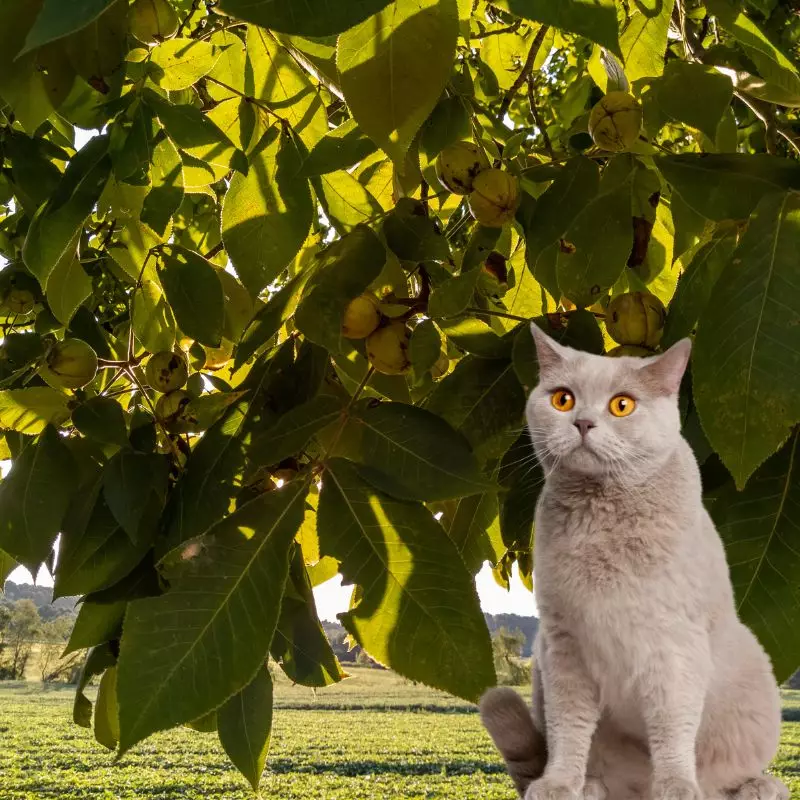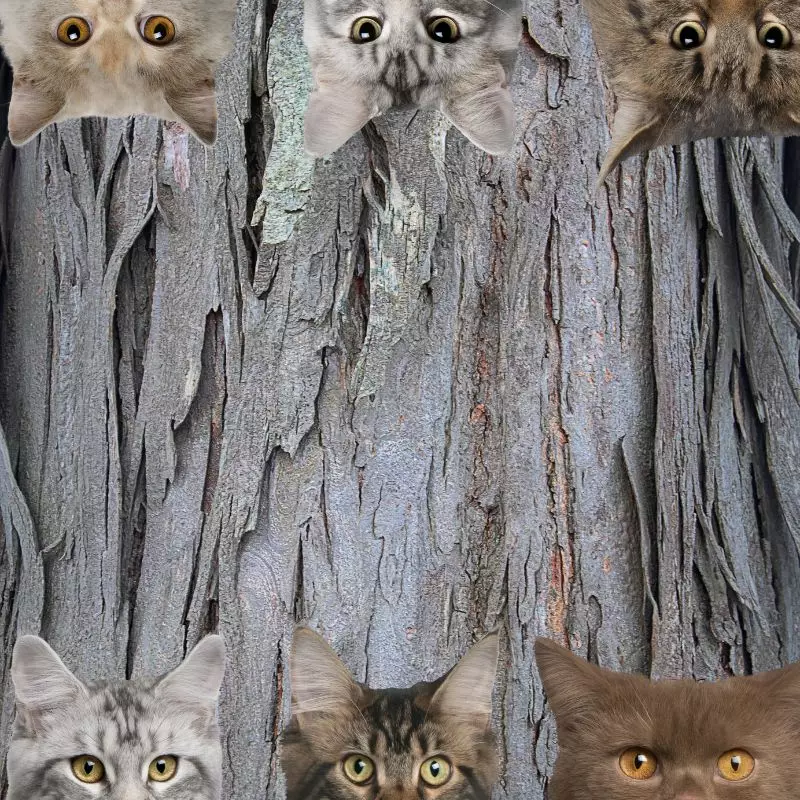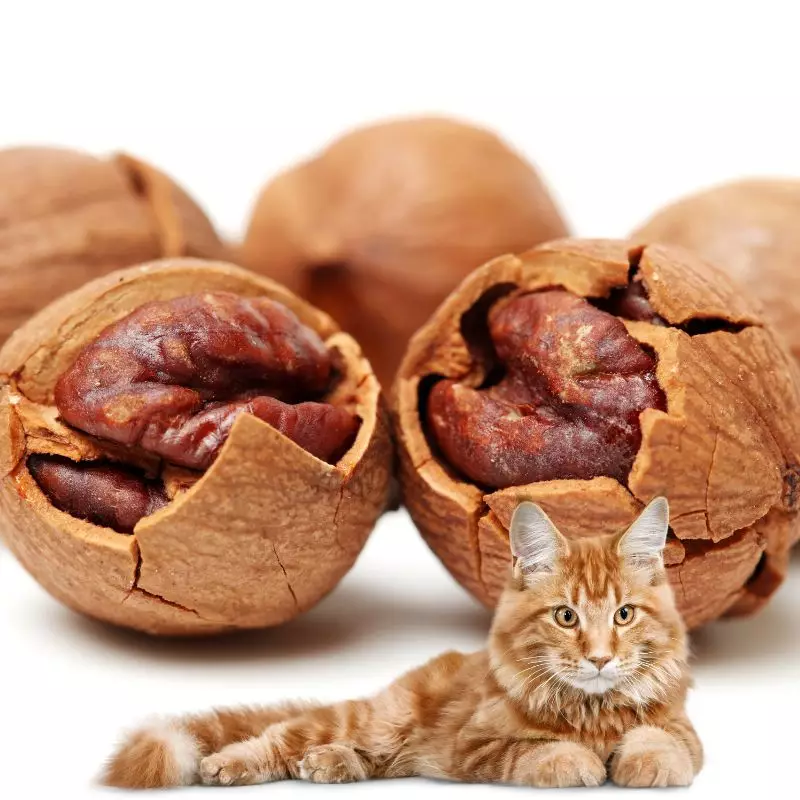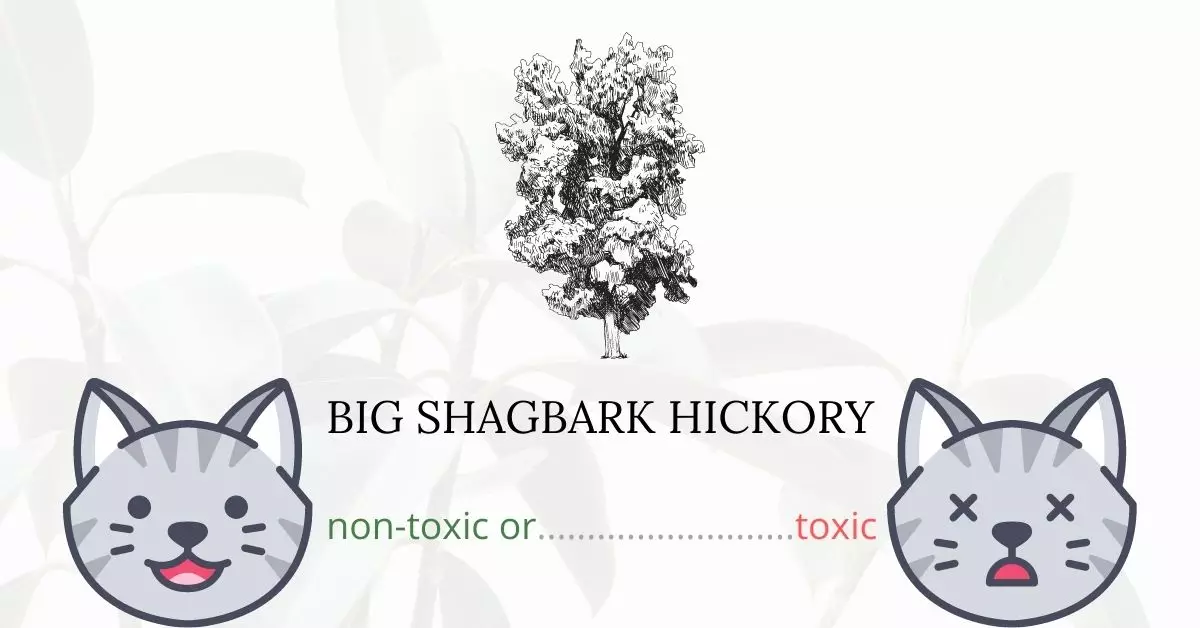No, Big Shagbark Hickory is not toxic to cats.
This article has been meticulously prepared in collaboration with a team of experienced Doctors of Veterinary Medicine (DVMs), who have generously contributed their extensive knowledge to ensure that we provide the most accurate and up-to-date information regarding the potential risks associated with various plants and their effects on cats, focusing in this instance on Big Shagbark Hickory. In addition to consulting with veterinary experts, we have conducted thorough research, referencing high-authority websites such as the ASPCA and PetMD, to corroborate our findings on each plant we discuss.
According to the reliable sources mentioned above, including the American Society for the Prevention of Cruelty to Animals (ASPCA) Poison Control Center, Big Shagbark Hickory is deemed safe and is non-toxic not only for cats but also for horses and dogs. This gives pet owners peace of mind when their animals are in an environment where this plant is present.
Can Cats Eat Big Shagbark Hickory?

Cats can eat a portion of shagbark hickory without any consequences. Still, regularly eating any kind of plant may cause gastrointestinal issues in cats. This is because they are naturally carnivorous so their bodies lack the required enzymes to digest plant materials.
As a cat owner, you should still discourage your cat from eating plants especially outdoors.
What is Big Shagbark Hickory?

Big Shagbark hickory or scientifically called Carya ovata is a common hickory tree in the eastern US and southeast Canada. It is a huge, deciduous tree from the Juglandaceae plant family that may live for more than 350 years and grows well over 100 feet tall. The leaves are 30 to 60 centimeters long, pinnate, and have five (sometimes three or seven) leaflets, with the terminal three leaflets being significantly bigger than the basal pair. Staminate blooms appear on long-stalked catkins near the tip of old wood or in the leaf axils of the previous season. The fruit is a 2.5 to 4-centimeter long drupe, an edible nut with a hard, bony shell, enclosed in a thick, green four-sectioned husk that becomes black and rips off when mature in the fall.
Keeping Cats Away From Big Shagbark Hickory

There is no need to be concerned if you have big shagbark hickory trees in your yard or near your home. But, as a general safety measure, it is vital to keep your cats well-fed and entertained indoors. This reduces the likelihood that they may walk out and consume plants out of hunger or boredom.
Plants to Avoid For Your Cats
If you are a cat owner and unsure if the plants growing in your yard are harmful to your cats, check out this list of toxic plants for cats. You can also check our list of non-toxic plants for cats.





